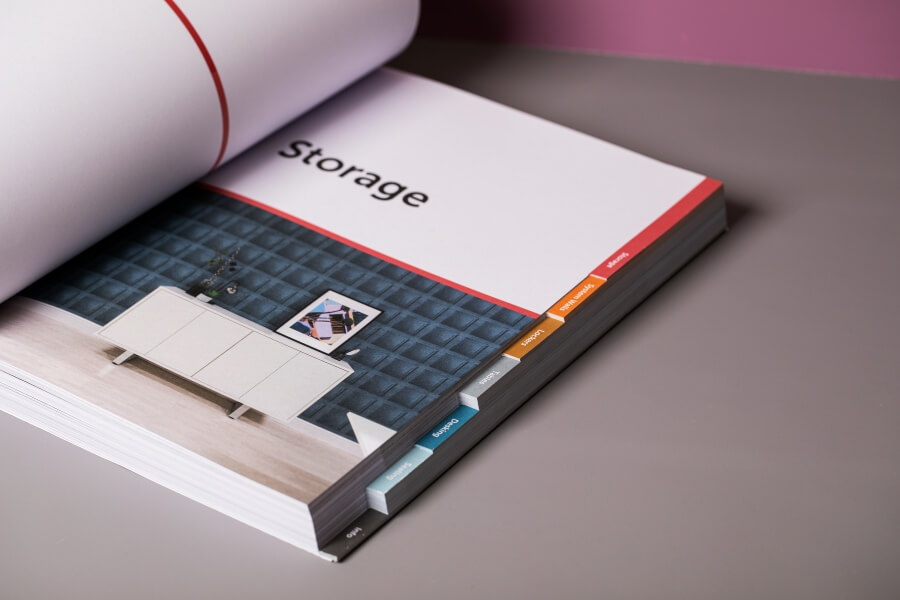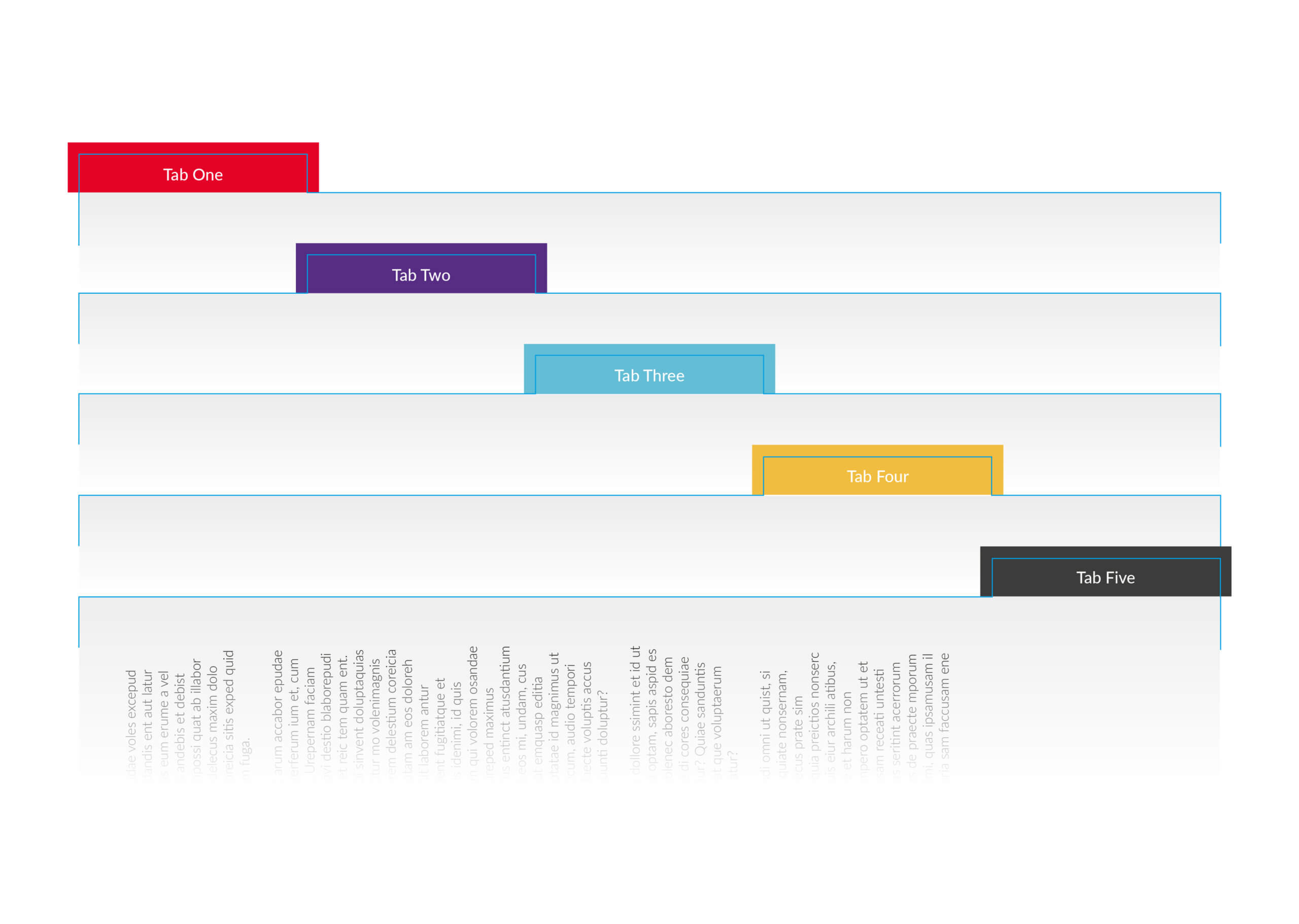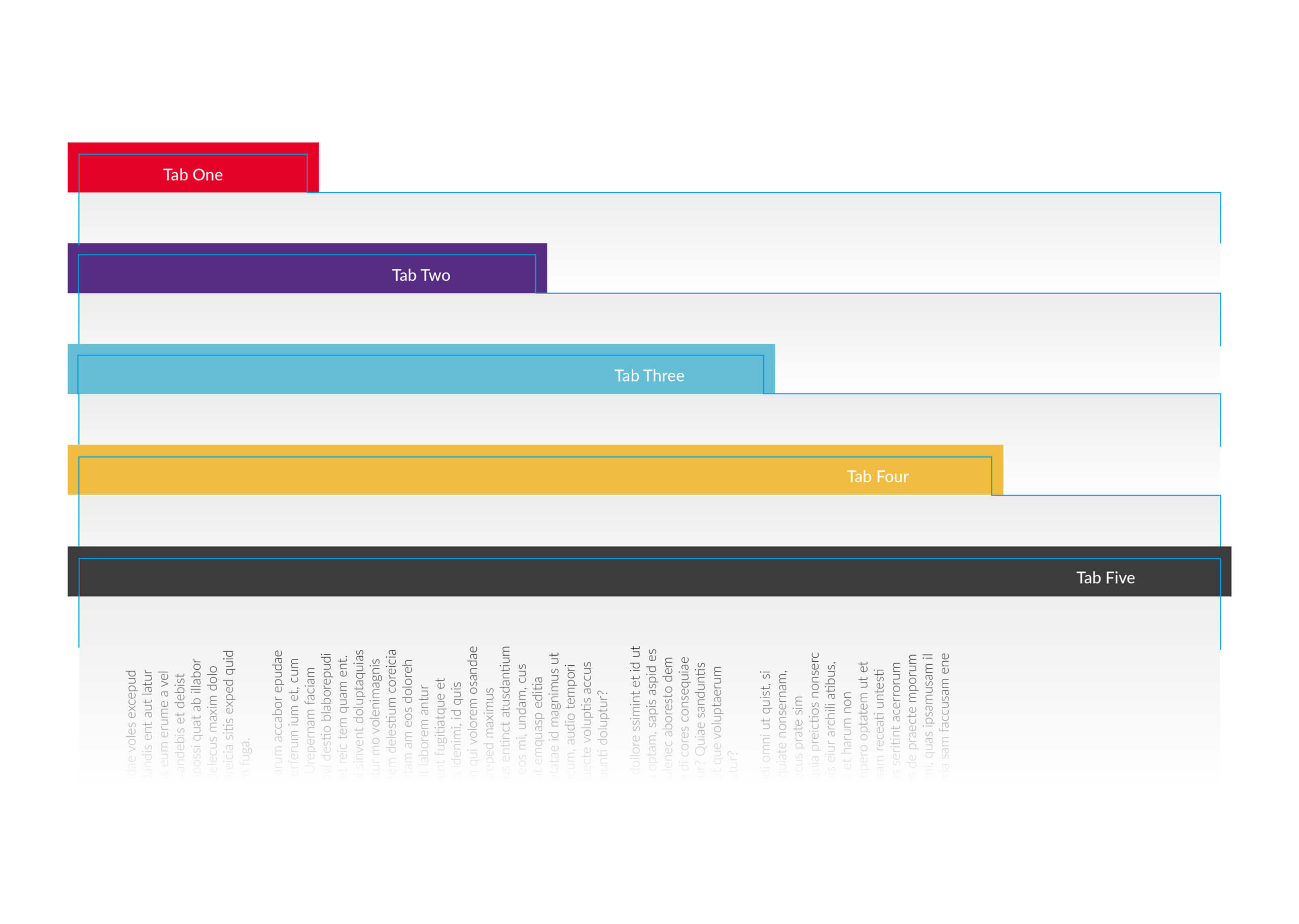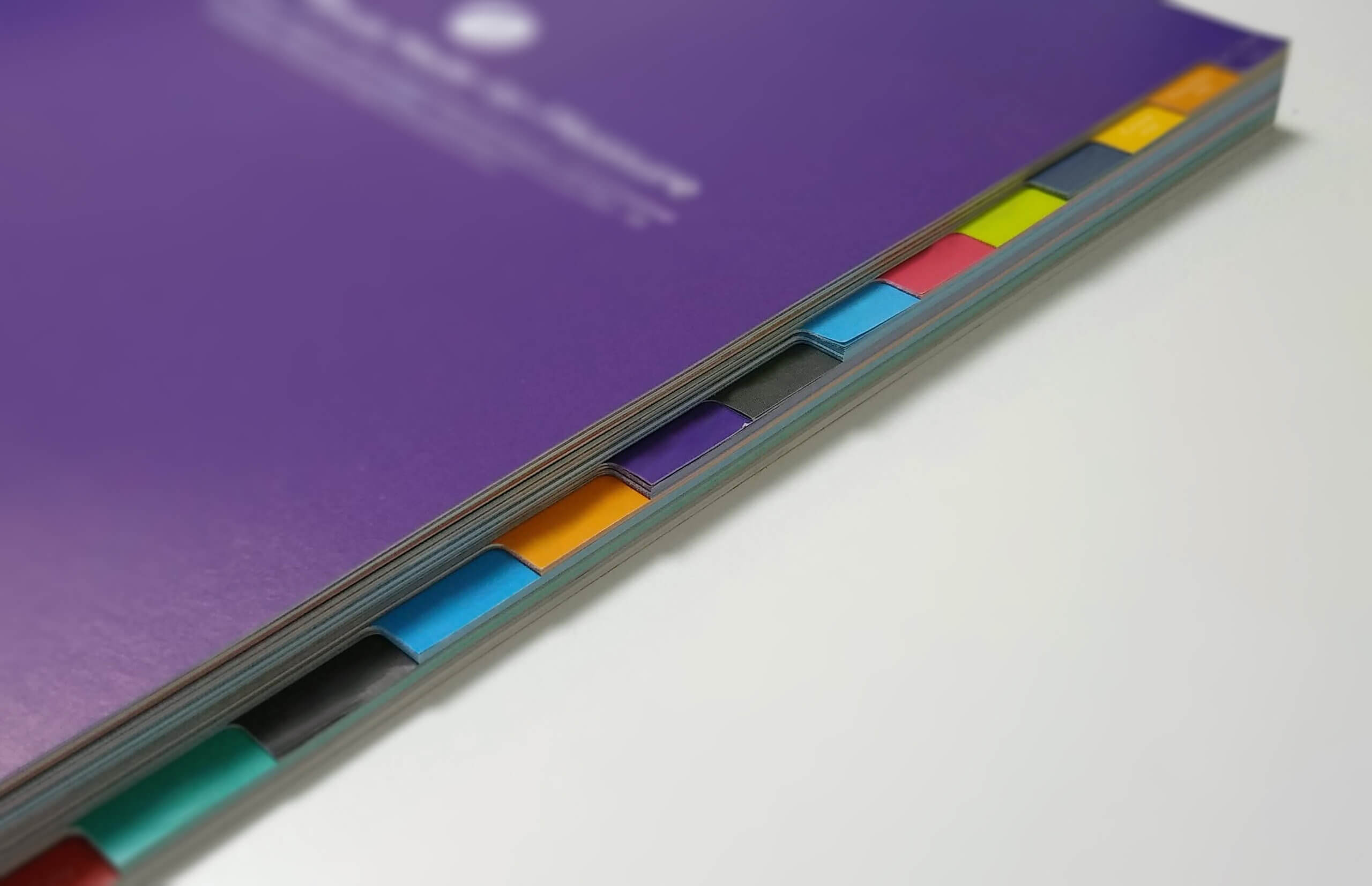Everything You Need to Know About Tab Cutting

As a printer that can comfortably handle larger publications, such as bound books and catalogues, we often find that some want the information within them to be easily findable. This is why we offer tab cutting here at Action Press, and if you’re not familiar with why tab cutting exists or what different kinds are available, allow us to explain all…
What are index tabs?
Index tabs are ways in which you can divide a bound book or document into sections, so that the information within them can be easily located – like an index you’d find within the back of a book, but a more physical version that saves the back and forth. 
What types of books and documents can benefit from index tabs?
There are many different kinds of printed material and publications that can benefit from index tabs; if certain sections of a book or document that will be used again and again need to be flipped to easily, tab cutting is your best bet.
These are some of the printed materials that may benefit from index tabs:
- Catalogues, such as those for home improvements or furniture
- Training manuals
- Employee records
- Emergency procedures
- Portfolios
- User manuals and guides
What different types of tabs for bound books are there?
We offer several types of tab cutting for bound books: tab indexing, step indexing, and thumb cut indexing.
Step indexing is normally preferred for commercial catalogues; this is because of the good area of tab showing that allows for extra detail. This, and the tabs are well supported by the sheets underneath, compared to plain tab indexing, where the tab can be easily damaged.
What is tab indexing?
Tab indexing divides your book or document into sections, with tabs on the right-hand edge of the pages that have either numbers or a short description on what you can find in that section.
What is step indexing?
Step indexing brings a new dynamic to locating the parts of a book or document that you’re looking for. This involves cutting ‘steps’ into the pages – one for each section – so they can all be seen from above, and therefore accessed quickly and easily.
 What is thumb cut indexing?
What is thumb cut indexing?
Thumb cut indexing sees the book or document organised with thumb-sized notches cut into the pages for each section. Sometimes also referred to as cut-in indexing, or index notches, you’ll usually see thumb cut indexing used on larger documents, such as encyclopaedias, or large religious books; they’re particularly helpful for organising large reference books alphabetically.
How is tab cutting done?
Tab cutting can be done either with a laser, or a metal die. The shape of the tabs and the volume of pages they need to accommodate will inform the process, but any good printer will do their best to work with the look you envisaged.
What to consider when opting for tab cutting
As we mentioned, step indexing is generally the most popular option for commercial catalogues, of which we print many. When setting up the artwork for your tabs, consider the following points:
Number of tabs
Determine how many tabs you need. Divide the available area by the number of tabs to calculate the size of each tab.
 Subheading Content
Subheading Content
Decide on the subheading you want to display, and ensure the tab width is sufficient to accommodate your content.
 Choose Action Press for tab cut printing
Choose Action Press for tab cut printing
Of course, if you’re new to producing catalogues, you may well need a hand with deciding whether tab cutting is the right option for you, and how to go about preparing your design to accommodate it. As experts in this area, we’re only too happy to help and offer guidance, so that your catalogue looks as good (and is as easy to use) as you imagined it would be.
Find out more about catalogue printing at Action Press, and feel free to get in touch with any questions you may have about tab cutting.


